Situated in a broad valley in the foothills of the Chugoku mountains, the Okayama Prefecture town of Fukiya seems forgotten in time. The former copper mining town boasts traditional temple-style architecture of the late 19th century that has been lovingly preserved or restored. The buildings are particularly picturesque because of their distinctive red roof tiles, and burnished red-brown exterior walls.
Fukiya, famous for 'bengara'
This distinctive russet hue, known as bengara, has also come to be called “Japan Red.” It is caused by adding oxidized iron to paint, dye, or glaze. Fukiya had plenty of iron oxide, extracted during copper mining in the area. Indeed bengara seems to have supplanted copper’s role in the local economy.
In the town, Japan Red is everywhere to be seen: roofs, walls, even curtains and flags. The color is enhanced by the shapes and designs of building exteriors, the work of master craftsmen engaged by the wealthy merchants of the period who worked together with an early sense to town planning to promote a unified aesthetic.

These factors have earned the town a Japan Heritage designation by the Japanese Agency for Cultural Affairs. The Japan Heritage website provides background information to inspire travelers and help them prepare for their visit.
Exploring historic Fukiya
Take a ride on the delightful vintage “red bonnet bus” that conveys visitors around the town, but be sure to stroll the main street as well. Duck in and out of shops and workshops. Some workshops offer visitors the opportunity to try their hand at bengara dyeing or crafts using bengara.
Not far from the town center is the Bengara Kaikan, a bengara factory where, with advance reservations, visitors can also try their hand at dyeing cloth using bengara dye.
While wandering on the main street of Fukiya, don’t miss the former Katayama family home. Step inside to see the elegant interior and gain insights into the lifestyle of a prosperous and influential late 19th century merchant family. The admission ticket (¥500) also provides entry to the nearby Fukiya Folk Museum, housed in the former home of another branch of the Katayama family.
Valuing education

Just up the hill behind Fukiya’s main street stands the old Fukiya Primary School, originally opened in 1900. The sprawling wooden building, built in several stages as education needs advanced, operated as a public school for more than eleven decades, closing in 2012. It has now been restored to its early 20th century appearance and opened as a museum in 2022. The diminutive school desks are a testament to how much smaller children were a century ago.
In another part of Okayama, to the east of Okayama city, look for the Shizutani School, founded in 1670 and the first school in Japan to accept commoners. The school’s main wooden lecture hall, capped with Bizen-yaki roof tiles, is more than three centuries old and designated as a national treasure. Other notable features of the school ground include a Chinese-style stone wall and two massive Pistache (Pistacia chinensis) trees planted from seeds of a tree at the grave of Confucius in China. In autumn, they, too, are a flaming red.
Other shades of red in Okayama
A red-brown similar to that produced by bengara is also the dominant shade of Okayama’s most famous folk pottery: Bizen-yaki. Produced in the Bizen region east of Okayama City, Bizen-yaki is distinguished by both its color and its bold, simple lines. Unlike most Japanese ceramics, Bizen-yaki is unglazed, relying instead on the colors of the local clay used, which become rich and vibrant when fired.
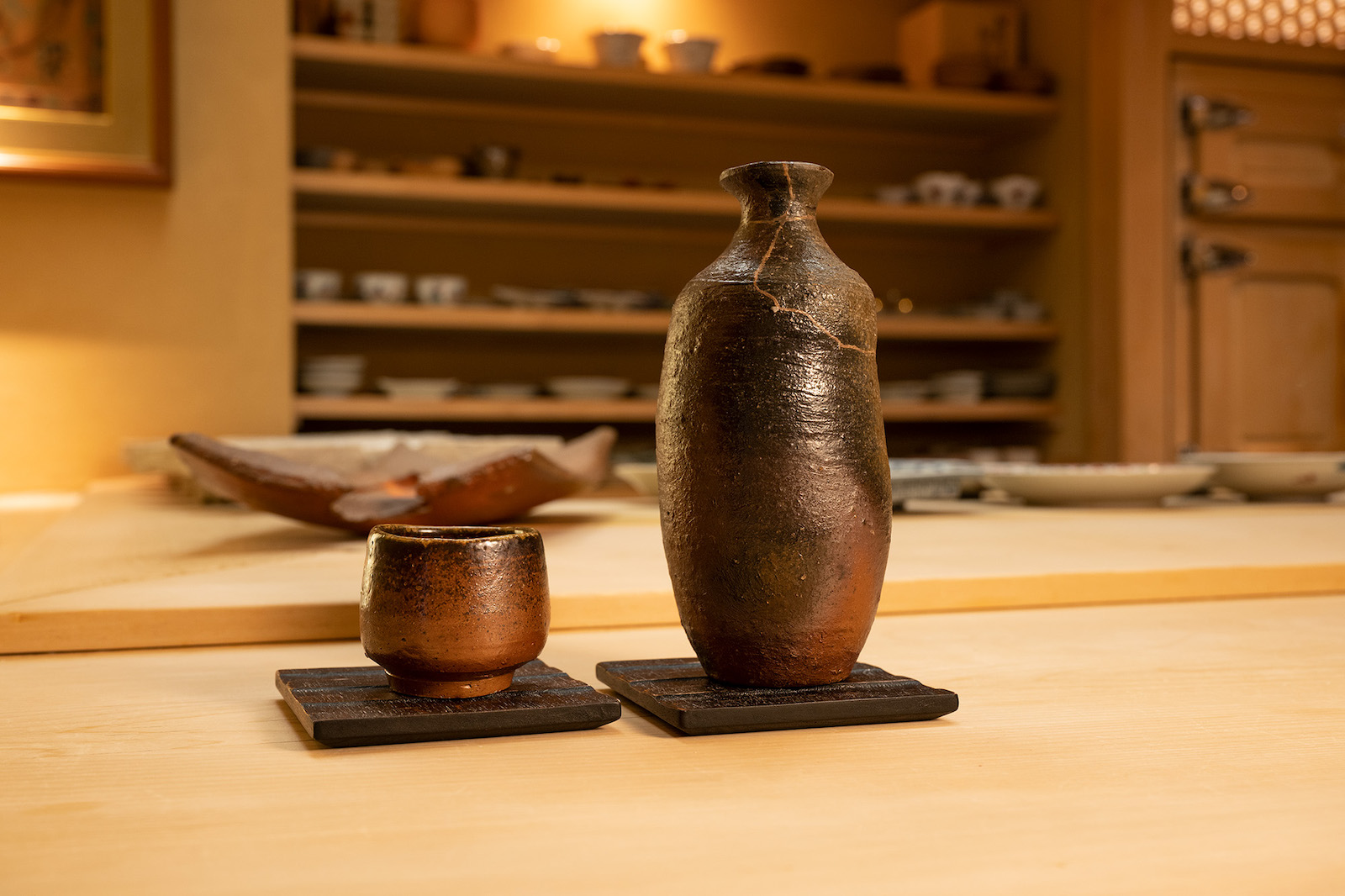
Bizen-yaki dishes are much prized. It’s easy to immerse oneself in the wide variety displayed at the kilns, shops, and galleries of the Inbe district and perhaps pick up a keepsake piece. Many shops are attached to kilns and sometimes when meandering the streets one can see trails of smoke rising from them. The Bizen Pottery Museum, just outside Inbe station, is a good place to start a visit. The museum may also be able to recommend workshops where visitors can try to throw a pot on a wheel for themselves to have it fired and sent to them later.
A different perspective on the creativity of the Bizen potters can be seen at Inbe’s Amatsu Shrine. Bizen-yaki lion-dogs, complete with flowing curly manes, stand guard just outside the torii gate at the shrine’s entrance. Climbing the stairs into the shrine grounds, look for plaques made of Bizen-yaki embedded in the walls. Various pieces of Bizen-yaki, many of them almost whimsical figurines, adorn one of the shrine’s inner gateways and other parts of the shrine grounds.
Successful ceramics production requires careful temperature control in the use of fire. Another famous Bizen product that leverages this skill is swords.
The village of Osafune, on the banks of the Yoshii River, has been a major center of traditional sword production for some eight centuries. One important component of Japanese swords is iron sand (satetsu), river sand with a high iron content that can be sifted out and used in metallurgy. Before the Japanese learned to mine iron ore, satetsu was the primary source of iron for the country and it continues to be used in the production of many traditional items. Doubtless one reason Osafune became a center of sword production was the availability of satetsu in the nearby river.
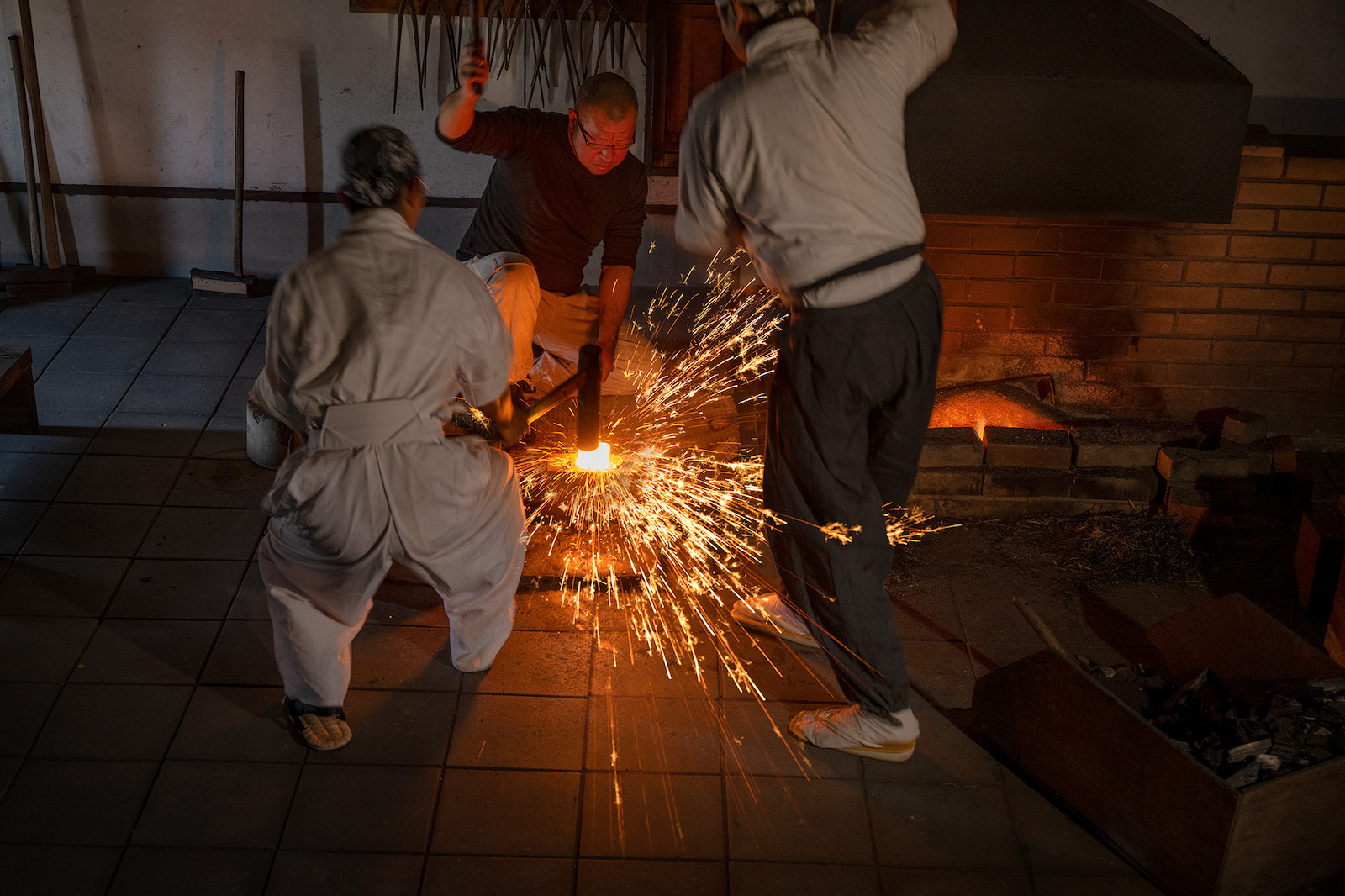
The Bizen Osafune Japanese Sword Museum contains a wide variety of ancient swords as well as displays on Bizen’s metallurgy techniques. There is also a forge on site where, on Sundays and public holidays, visitors can see a different glowing red in Okayama by watch the molten metal being worked into shape by experts, sparks flying from their hammers. It is said that producing a single traditional sword requires the efforts of eight to ten craftspeople for nearly two years.
These hidden corners of Okayama, with their various shades of red, offer visitors insights into the ways in which communities have leveraged their resources to create beautiful and practical lives and livelihoods.

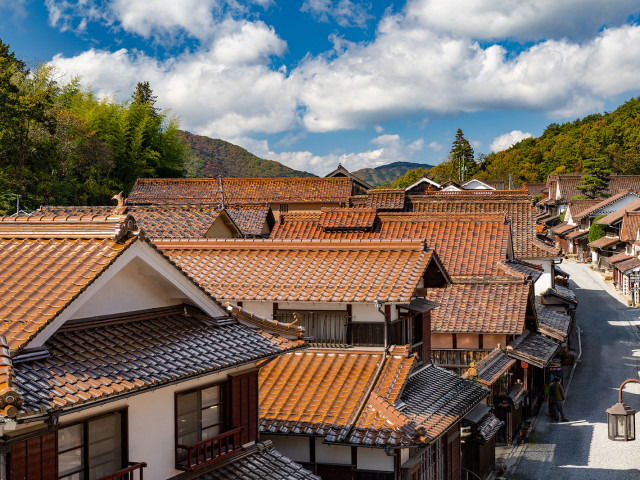
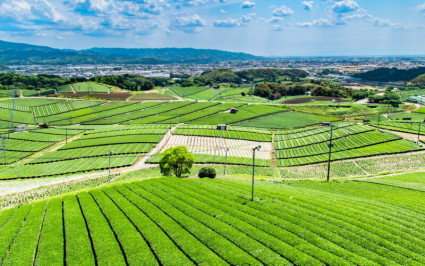
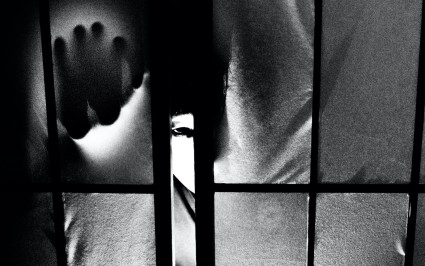
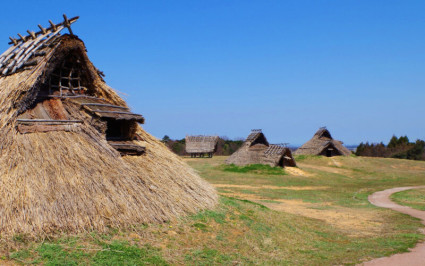


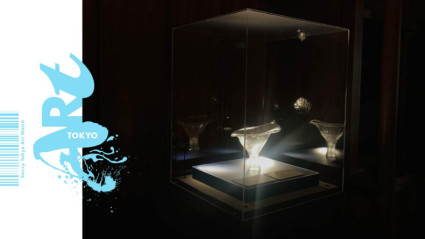

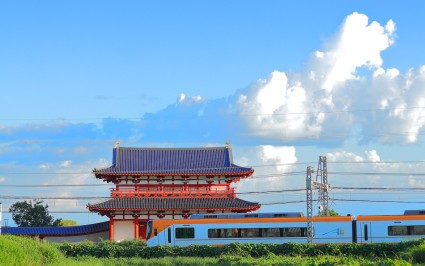
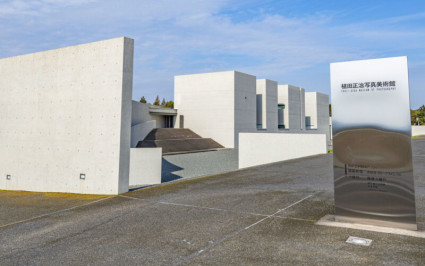
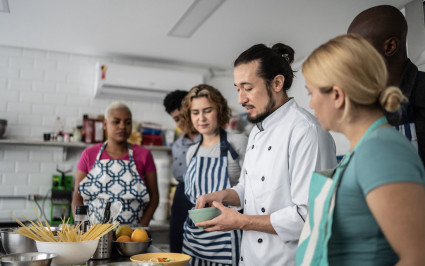
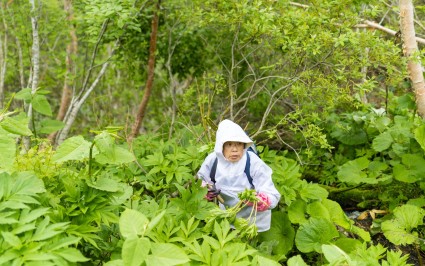
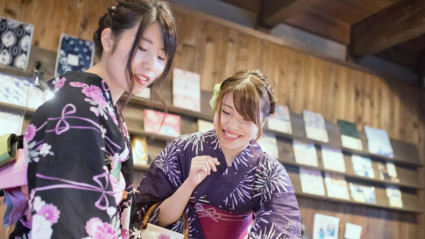
2 Comments
Login to comment
Patricia Yarrow
Nice writing, Ms Beyers, and beautiful photographs!